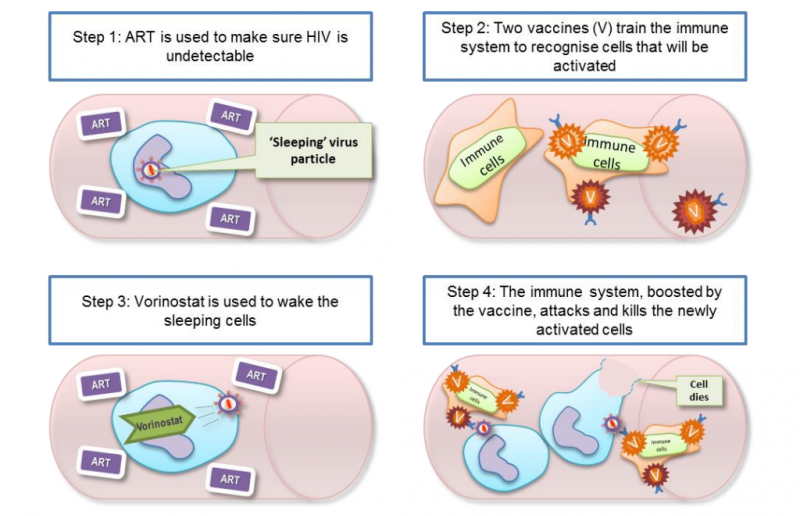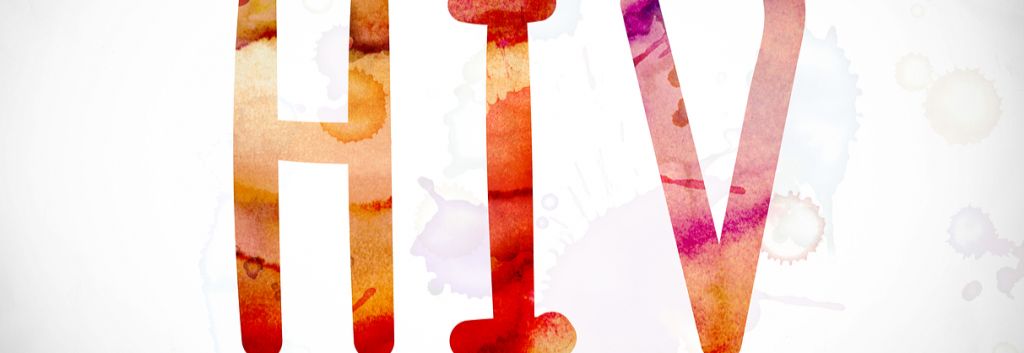Newsletter Signup - Under Article / In Page
"*" indicates required fields
HIV has completely disappeared from the blood of a patient in clinical trials. The new HIV treatment that can target the virus even in its dormant state by activating latent infected cells and could possibly become the first HIV cure available.
These initial results show that the new therapy, developed in the UK, may be effective in curing HIV. One of 50 patients enrolled in the RIVER trials performed by researchers from the UK CHERUB collaboration (Oxford University, University of Cambridge, Imperial College London, University College London and King’s College London) and partly funded by MSD and GSK, has been cleared of HIV.
However, the trial results won’t be ready until 2018 and there is still lots to be achieved towards an HIV cure. This British man is just the first of all those patients to be treated and tested for preliminary results.
HIV affects millions of people and can have severe effects on a patient’s life. Antiretroviral therapy (ART) is currently the most common treatment, which kills those cells in which the virus is active. However, HIV can remain inactive and undetectable inside T-cells for long periods of time. Targeting this latent population of infected cells is one of the main challenges of treating HIV.
This new therapy is designed to activate dormant T-cells and help the immune system eliminate all infected cells. If effective, it could mean the complete clearance of the virus from the patients.

However, the CHERUB group and a BBC reporter are cautioning the public against premature conclusions. The results from this first patient only indicate that the treatment is safe and well tolerated. Although there’s no sign of the virus in the patient’s bloodstream, this also occurs in ART. The complete elimination of dormant HIV cannot be fully confirmed yet, and he could still relapse in the future.
This is actually not the first time a person has been ‘cured’ of HIV. The ‘Berlin patient’ Timothy Ray Brown received a transplant of hematopoietic stem cells in 2008 from a donor naturally resistant to HIV and hasn’t required ART since then. However, almost ten years later, there is still plenty of work to do until a safe and effective therapy is developed.
In any case, the positive results from this new approach still position the science one step closer to finding an HIV cure. There’s plenty of researchers working on amazing innovative techniques to tackle the disease and a cure is expected as early as 2020!
Images via cherub.uk.net; Alila Medical Media/shutterstock.com






